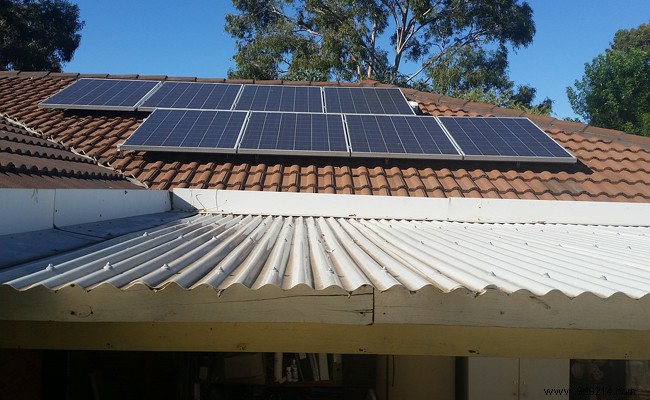There are many misconceptions that solar panels do not need cleaning because the rain takes care of washing away all the dirt. But it's wrong ! These photovoltaic panels are to be maintained correctly so as to be able to offer optimal performance.

In principle, solar panels, in addition to being resistant, are provided with a self-cleaning film. If the rain also takes care of eliminating the dirt that has accumulated, you should know that this natural action is not sufficient, especially if you live in a region that is not rainy and which is subject to significant pollution. Regular maintenance should be carried out. This cleaning to be done every six months or, at the limit, every year is all the more recommended if your house is near a factory, on the coast (spray from the sea or sand dirty the panels ), in urban areas (car exhaust fumes) or even in the countryside (pollen, harvests, plowing leave dirty particles).
In the absence of maintenance, the efficiency of the device drops by 3 to 16%. Your panels will not be able to keep the maximum energy and will not work properly. Keeping them clean will allow you to reduce your energy debt and recoup the installation investment more quickly.
You finally take the time to clean your solar panels! Be careful, there are actions to avoid so as not to damage your installation. First:do not use cold water in strong sunlight and high heat. The thermal shock rapidly degrades the solar cells of the device. The use of a high-pressure cleaner is also not recommended because the joint of the installation may not withstand the high pressure of the water. The same goes for excessive rubbing which should be avoided so as not to damage the glass. Above all, do not use a plastic squeegee to preserve the protective films. It is better to use a foam squeegee. Finally, hard water should be replaced by demineralized or softened water for cleaning. Scale hinders the proper functioning of your panels. And above all, do not step on or climb on the panels so as not to crack them permanently.
Before going up on the roof, put on non-slip shoes to avoid any risk of slipping. Use a telescopic handle fitted with a micro-fiber sponge or an anti-scratch brush. Scrub then rinse everything with demineralised water at room temperature. Also check that the fans are not too clogged with dust. If so, dust it off. Also examine the displays and indicator lights.
If the panels are difficult to access or the roof is too steep, opt for the services of a professional rather than doing the work yourself. By subscribing to a specialized company, you gain peace of mind and ensure the good condition of your installation. Take the opportunity to request a routine meter check to identify any malfunctions.